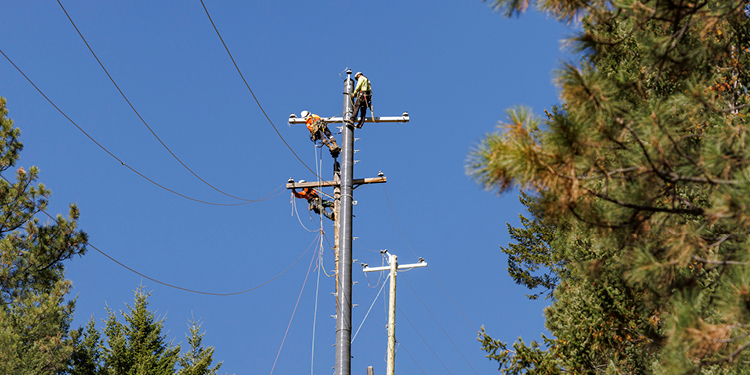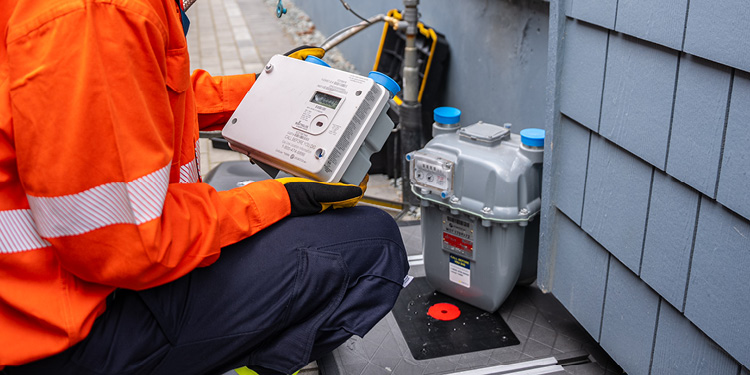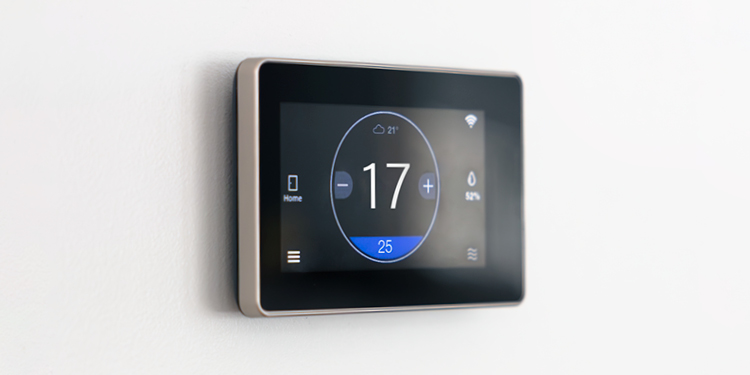This is what actually happens when you click or call BC 1 Call
May 5, 2020
Updated April 8, 2021
From the age of 12, well into adulthood, I lived in apartments. Meaning I’d never had a yard until I was middle-aged. Gardening was limited to pots on my balcony... if I had one. So when I bought an older townhouse with a little backyard, I made big plans to transform it into my little green haven.
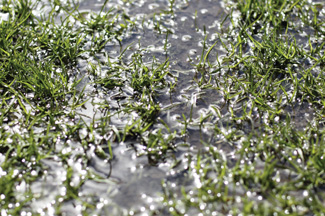
When it rained, a portion of my lawn would turn into a pond.
But after the first rain I discovered that the yard had drainage issues. I knew I’d have to augment the soil to improve the drainage and, after doing some research, decided to make a French drain. It’s basically a 12 to 18 inch trench filled with a perforated plastic pipe about six inches in diameter surrounded by gravel and topped with topsoil, which then allows water somewhere to drain.
Because I worked at a utility I was aware of BC 1 Call and the requirement to click or call before I dug. And my townhouse had natural gas heat and hot water so I knew there was a gas line somewhere in my backyard as the gas meter was on the back wall of my unit facing the backyard.
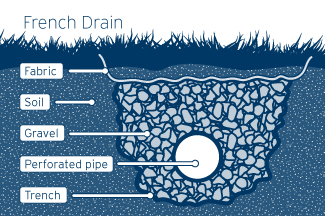
Had I not worked at the utility I would’ve never known about the requirement to get location details of underground utilities on my property and probably would’ve blindly started digging for my trench without taking precautions.
Yes, I know I was digging less than two feet deep and underground utilities are always buried at least three feet deep right? Not necessarily. My townhouse was almost 40 years old when I moved in. So as you can imagine, there was probably some shifting and/or erosion of soil in those four decades. Meaning a pipe that was originally buried three feet down could be much closer to the surface after years of soil erosion and shifting.
Here’s what I did to stay safe
As well as staying safe, I wanted to avoid the embarrassment and cost of having my colleagues come out to repair a natural gas service line in my backyard. So, about three days before I was planning to dig I went to bc1c.ca to request a line locate. Oh, and did I mention there’s no charge for this service? It’s absolutely free! BC 1 Call is funded by its members, i.e. the utilities. I clicked on the “Homeowners” tab and from there was given step-by-step instructions on how to use the service.
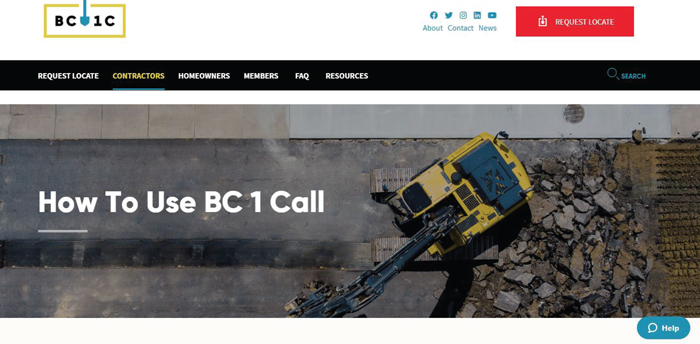
First I had to register for an account. When I registered I entered “homeowner” under job, company and industry type. Once registered and my account confirmed, I was able to create a ticket, which means a request for line location information.
Once I created my ticket I just had to fill in the options using the dropdown menus. (Hint: for homeowners doing landscaping or gardening, choose a regular ticket and under type of work, choose landscaping.)
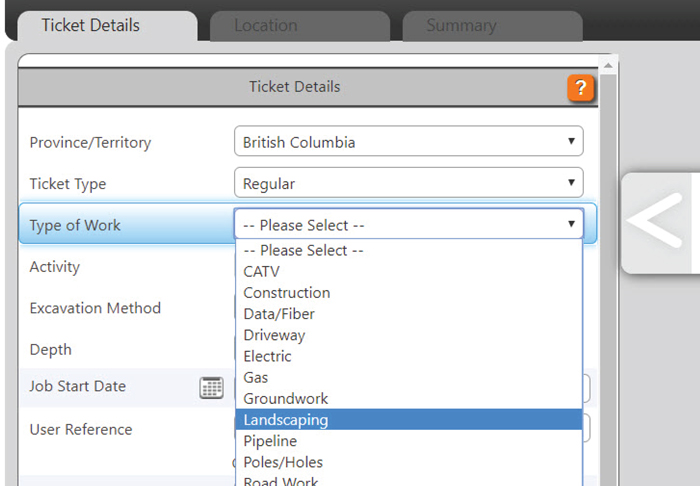
On the location tab, I entered my address and a satellite map of my home popped up. From there I used the polygon tool and roughly drew around the area of where I planned to dig.
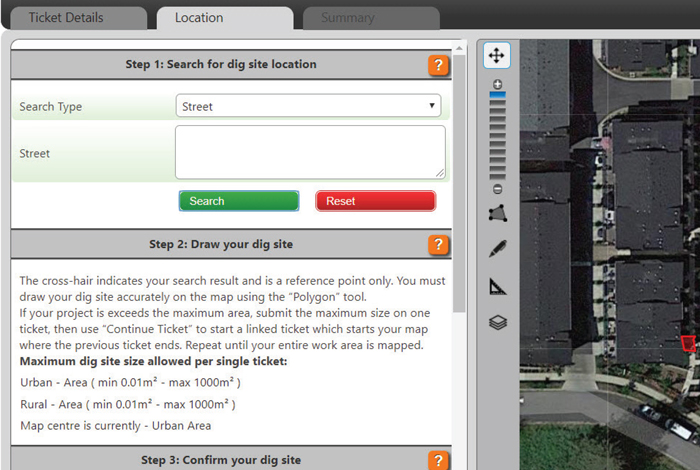
Once I entered all the location information and hit submit I was taken to the summary tab, which provided me with my ticket number and a list of utilities located at my address. So I did my job, ready to start digging, right? Not so fast.
Once I got my ticket, BC 1 Call sent out the request to the utility companies and in three days I received underground line location information and a map from them via email. In my case I had underground gas utilities on my property (remember the gas heating I mentioned earlier?). Some properties could even have underground fibre optic cable, or underground electrical lines, so it’s not just sewer and gas lines that are underground.
On the provided map, I saw that the natural gas service line for all the townhouses in my complex ran right across my backyard. Using the measurements on the map, I was able to determine how far the gas line was from the back wall of my townhouse. But as my luck would have it, it was supposedly right under where I wanted to dig my trench. I sure hoped the gas line wasn’t too near the surface as that would’ve ruined my plans. FortisBC requires that anything installed over a gas service line has a minimum of 12 inches of separation between the two. Meaning for my 18-inch dig, the gas line would have to be buried two-and-a-half feet deep from the surface.
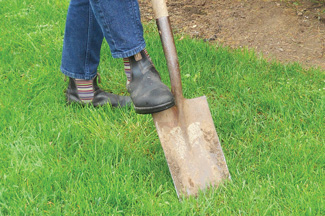
When you know your dig location is within one metre of a gas
line on either side, hand digging is mandatory.
So, very slowly and carefully, I hand dug a small section to see how far down I could dig before reaching the line. I got as far as the tracer wire (installed with the gas line to make it easy to locate using a metal detector), so I knew the gas line was close by. Luckily, the depth of the wire indicated that it was safe for me to dig my 18-inch trench. But I was still very careful, always being aware of coming in contact with anything hard, just in case a section of the gas line was closer to the surface.
And that’s that. I dug my 18-inch trench and built my French drain. By just taking one extra step, I prevented a potential accident. If I had obliviously gone ahead and dug, I could’ve hit the line. Moral of the story, no matter how small your dig is—even if it’s just for a tiny perennial plant—always click or call BC 1 Call before you dig so you know what’s below.

